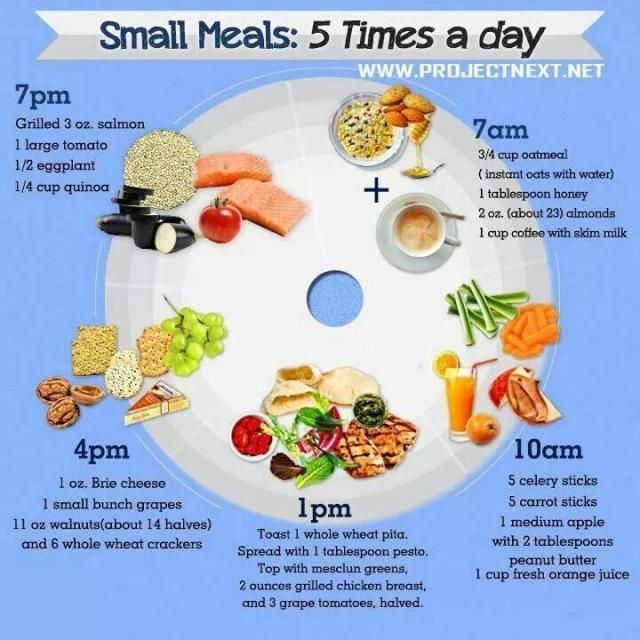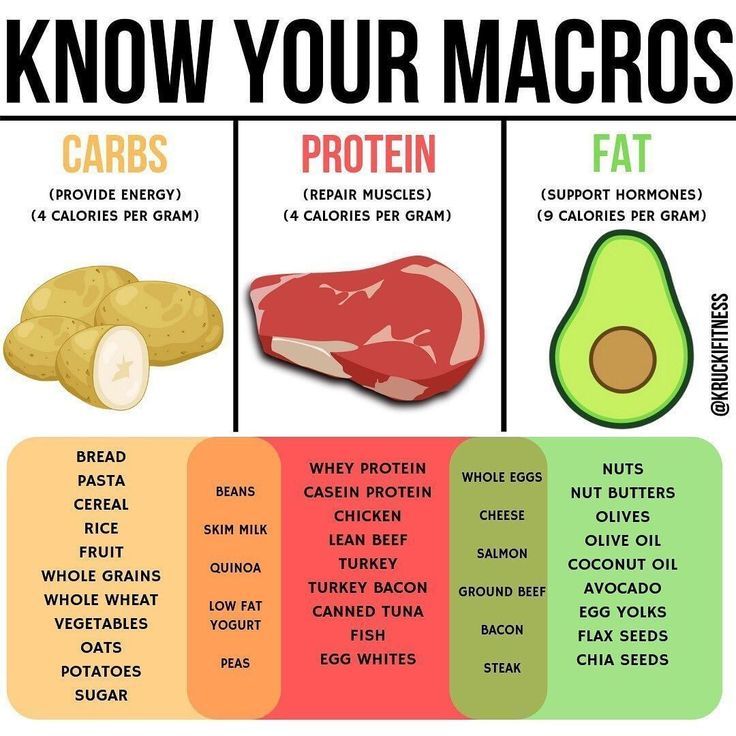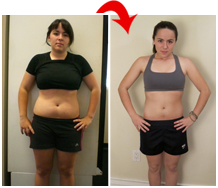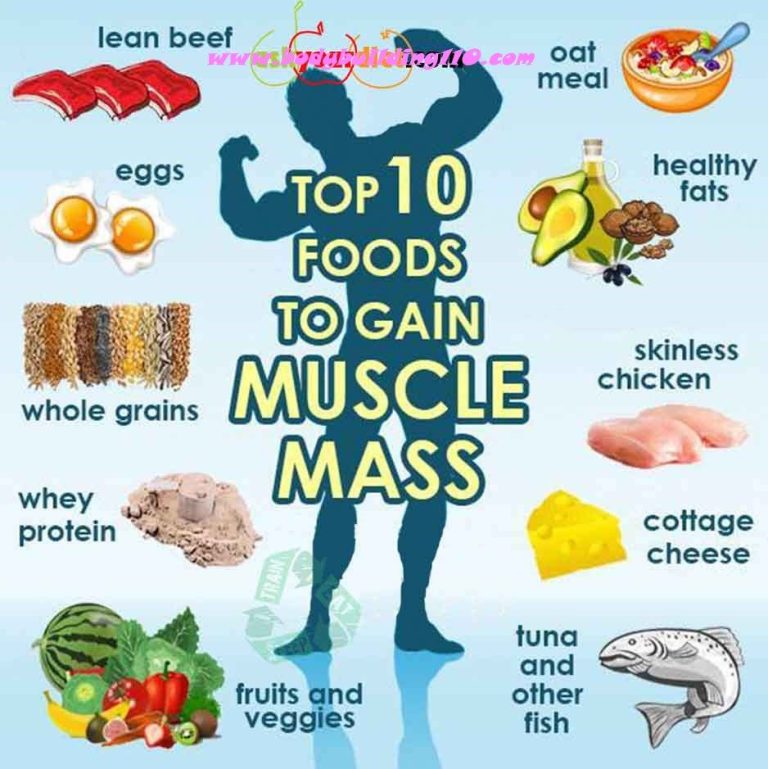The ketogenic diet, commonly known as the keto diet, is a low-carb, high-fat diet that has gained immense popularity in recent years. It is a diet that focuses on consuming foods that are high in fat, moderate in protein, and low in carbohydrates. The main goal of the keto diet is to put your body into a state of ketosis, where it burns fat for fuel instead of carbohydrates. This comprehensive guide is designed to provide beginners with all the information they need to embark on a successful keto journey.
What is Ketosis?
Before diving into the details of the keto diet, it’s important to understand what ketosis is. Ketosis is a metabolic state in which the body begins to utilize fat as its primary source of energy. Normally, the human body relies on carbohydrates for energy. However, when you limit your carbohydrate intake significantly, your body is forced to find an alternative fuel source. This is where ketosis comes into play.
How Does the Keto Diet Work?
The keto diet works by drastically reducing your carbohydrate intake and increasing your fat intake. When you consume a low amount of carbs, your body’s glucose stores become depleted. As a result, your body switches to burning stored fat for energy, leading to weight loss. Additionally, the keto diet helps regulate insulin levels, promoting stable blood sugar levels and reducing cravings.
What to Eat on the Keto Diet
The key to a successful keto diet lies in understanding which foods to include and which ones to avoid:
Healthy fats: Avocado, olive oil, coconut oil, nuts, and seeds
Protein: Fish, poultry, beef, eggs
Low-carb vegetables: Leafy greens, broccoli, cauliflower
Dairy: Cheese, butter, cream
Fruits: Berries in moderation
Avoid: Grains, sugars, starchy vegetables, most fruits, processed foods
Benefits of the Keto Diet
The keto diet offers several benefits beyond weight loss. Some of the key advantages include:
Increased weight loss
Improved mental focus and clarity
Reduced inflammation
Increased energy levels
Better control over blood sugar and insulin levels
Potential Side Effects
While the keto diet can be highly effective, it’s important to be aware of potential side effects that some individuals may experience:
Keto flu: This can include symptoms like headaches, fatigue, dizziness, and nausea as your body adjusts to the diet.
Electrolyte imbalance: Restricting carbohydrates can disrupt electrolyte levels, causing symptoms such as muscle cramps and heart palpitations.
Constipation: A sudden decrease in fiber intake may lead to temporary digestive issues.
Getting Started with the Keto Diet
If you’re interested in trying the keto diet, here are some steps to help you get started:
Research and educate yourself on the keto diet.
Consult with a healthcare professional or registered dietitian.
Plan your meals and create a shopping list of keto-friendly foods.
Clean out your pantry of any non-keto foods.
Track your macronutrient intake using a food diary or mobile app.
Stay hydrated and monitor your electrolyte levels.
Listen to your body and adjust accordingly.
Conclusion
The keto diet can be a powerful tool for weight loss and improved health when done correctly. This comprehensive beginner’s guide should provide you with a solid foundation for starting your keto journey. Remember to approach this diet with the necessary knowledge, make informed choices, and always listen to your body. Whether your goal is weight loss, increased energy, or better overall health, the keto diet can help you achieve your objectives.









